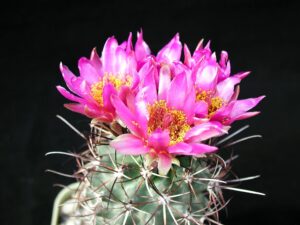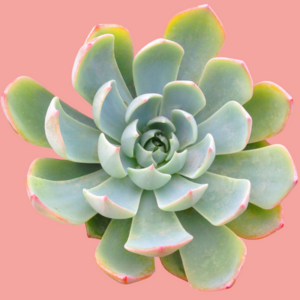When it comes to cactus plants, one might wonder: how cold can they actually tolerate? As the seasons shift, especially during the frosty months, the question looms larger. Understanding the cold tolerance of cactus can save your beloved plants from potential obliteration by the unforgiving chill. Let’s delve into the intricacies of how these resilient flora can survive and thrive in cold conditions.
Imagine a landscape punctuated by the verdant silhouettes of cacti, basking in the sun. But what happens when the thermometer dips? Do these hardy succulents truly embrace the cold, or are they secretly shivering beneath their spiny exteriors? To comprehend their resilience, one must explore the diverse classifications of cacti and their respective adaptations to cold.
As one conjures images of deserts, it’s easy to assume that cacti are unshakeable in their preference for arid climates. However, the reality is more complex. A plethora of cactus species exists, each with distinct tolerances to cold based on their native habitats.
While many cacti originate from arid regions with intense heat, several species exhibit remarkable adaptability to lower temperatures. For instance, the Opuntia (or prickly pear) genus is known for its resilience in temperate zones. Certain varieties can withstand temperatures as low as 10°F (-12°C). This adaptability stems from evolutionary processes that enable their survival in environments that unexpectedly shift from sunlight to frost.
One of the pivotal factors in determining cold tolerance is the plant’s cellular structure. Cacti have evolved to store significant amounts of water within their tissues. During a drop in temperature, this water can freeze. However, the unique composition of cactus cells minimizes ice crystal formation, which, if unchecked, could lead to cell rupture. Consequently, many cacti possess a natural antifreeze mechanism, allowing them to endure frigid climates for short periods.
It’s essential to recognize that while some cacti may brave colder temperatures, prolonged exposure to frost can be detrimental. Symptoms of cold stress in cacti manifest through a variety of signs. Discoloration, mushiness, or even a shriveled appearance can indicate that a cactus is struggling to cope with chilling conditions. If left unaddressed, prolonged exposure can culminate in rot or death.
So, how can cactus enthusiasts ensure their plants thrive during those unexpected cold snaps? The answer lies in understanding both the individual needs of the species and the environmental conditions in which they are situated.
A brave caretaker of these curious plants might consider a few preventative measures. The first step is knowledge. Familiarize yourself with the specific species in your collection. Some cacti, like the Echinocereus, can endure brief cold spells, while others, such as the Mammillaria, have lower tolerance thresholds.
Moreover, when temperatures start to plummet, offering them shelter could be your next line of defense. Bringing pots indoors during colder months or employing protective coverings can shield these plants from frostbite. Additionally, mulch can insulate the roots of outdoor cacti, providing an added layer of protection.
Another vital consideration is watering habits. During winter months, many cacti enter a dormant phase, significantly reducing their need for water. Overwatering a cactus exposed to cold can lead to disastrous consequences. As such, less frequent watering should be prioritized, ensuring the soil has adequate drainage to prevent excess moisture during the chilly spell.
Now, one may wonder: what about those insatiably curious about growing cacti in zones where temperatures frequently dip below freezing? Fear not, for ingenuity exists! The advancement of hybridization has led to the emergence of various cold-hardy cactus cultivars designed specifically for regions with harsh winters. Universities and botanical gardens often engage in breeding programs that introduce resilience through genetic diversity. These cacti can thrive in areas where their ancestors would otherwise succumb to frost.
Yet, regardless of the precautions taken, it’s important to remember that all cacti have their limits. No plant is entirely invulnerable to extreme weather. Every species possesses its threshold, often defined by a combination of genetic disposition and environmental adaptation.
In summary, understanding how cold cacti can tolerate is not simply an academic exercise. As one navigates the complexities of nurturing these remarkable plants, the dual admiration for their beauty and respect for their limitations will yield a more profound appreciation of their ecology. Cacti, steeped in resilience and tenacity, possess a remarkable ability to rise against nature’s chill—if cultured with knowledge and care. The adventure of growing and protecting these spiny wonders is both challenging and rewarding, and each season will teach both novice and seasoned gardeners alike more about the astonishing world of cacti.





Leave a Comment